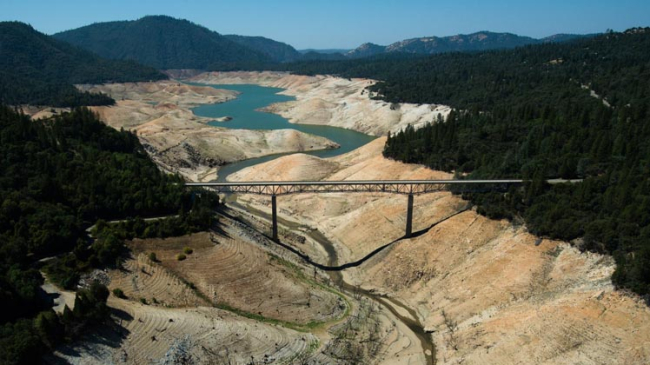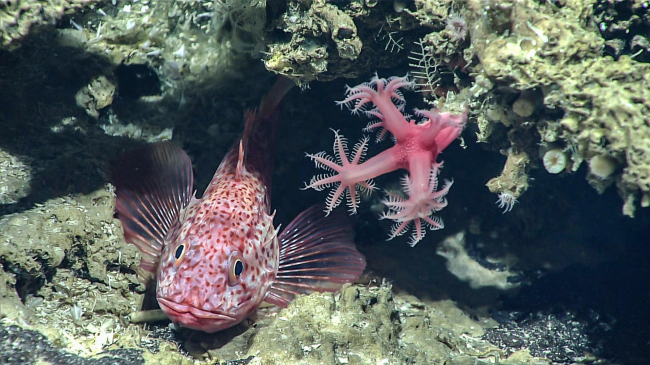Warmth in the Antarctic stratosphere helped limit the size of the ozone hole in 2017 to the smallest observed since 1988, NOAA and NASA scientists say.

This time-lapse photo shows the path of an ozonesonde as it rises into the atmosphere in the South Pole. Scientists release these balloon-borne sensors to measure the thickness of the ozone layer. Courtesy of Robert Schwarz/University of Minnesota (Image credit: South Pole, 2017 )




